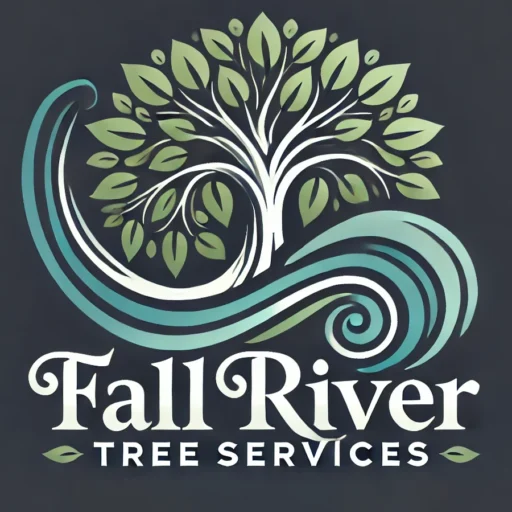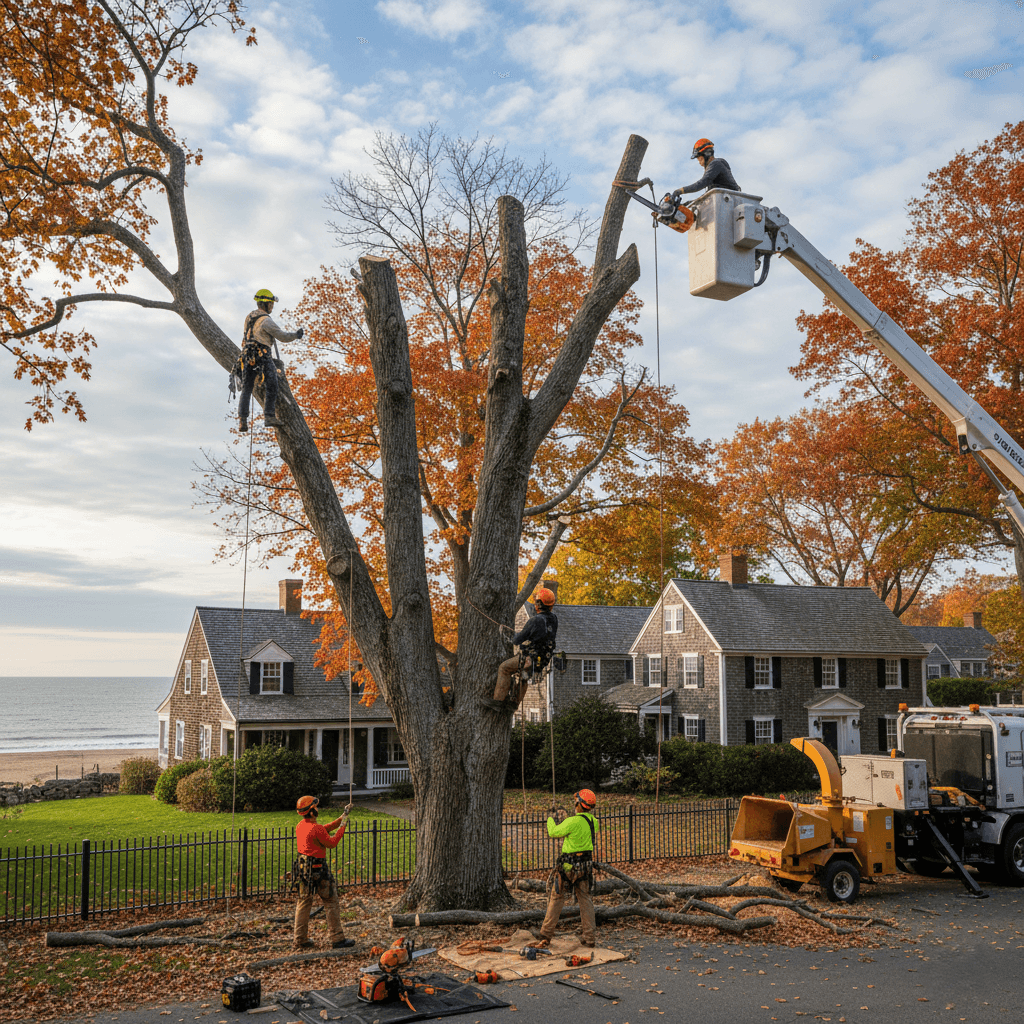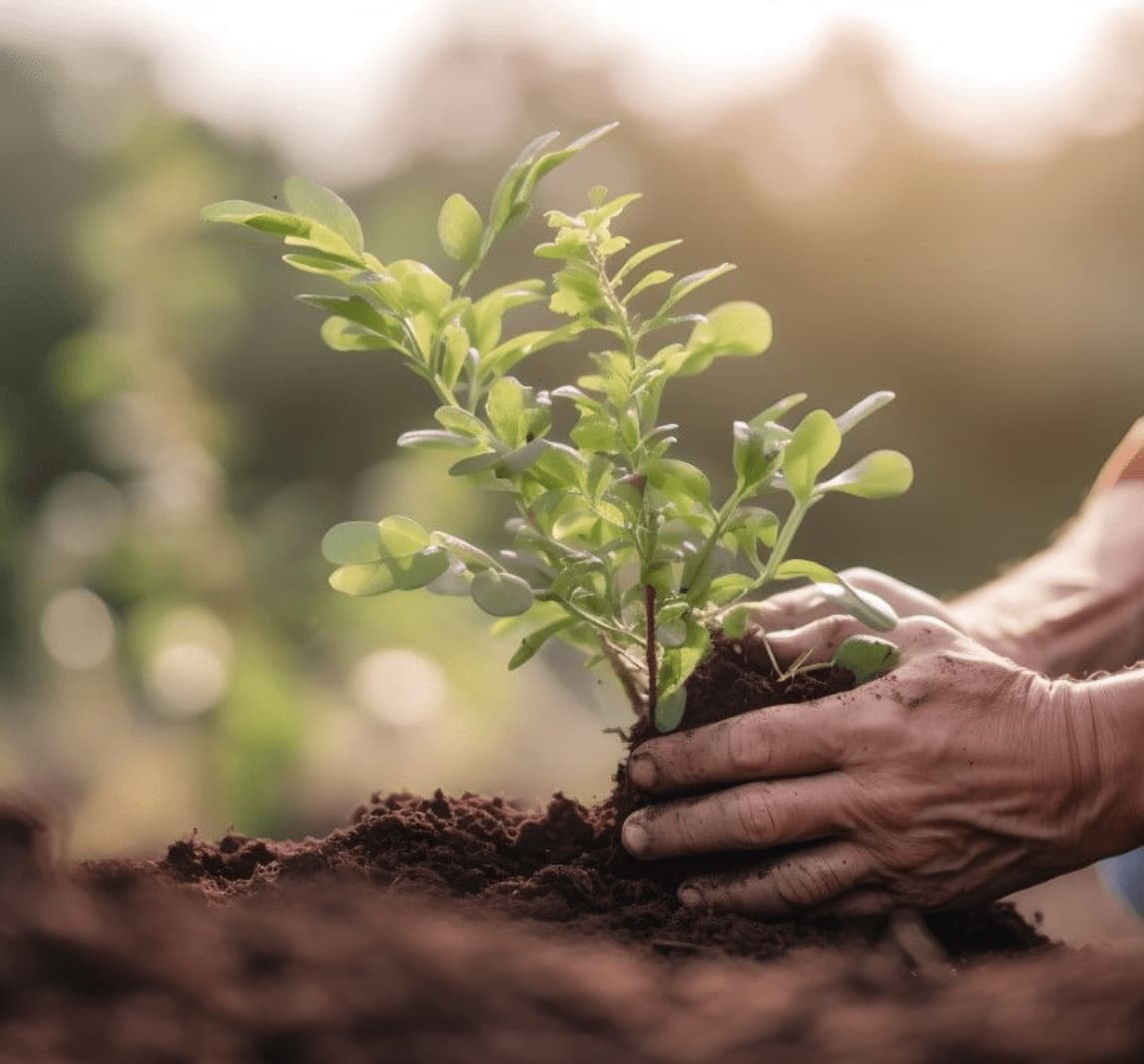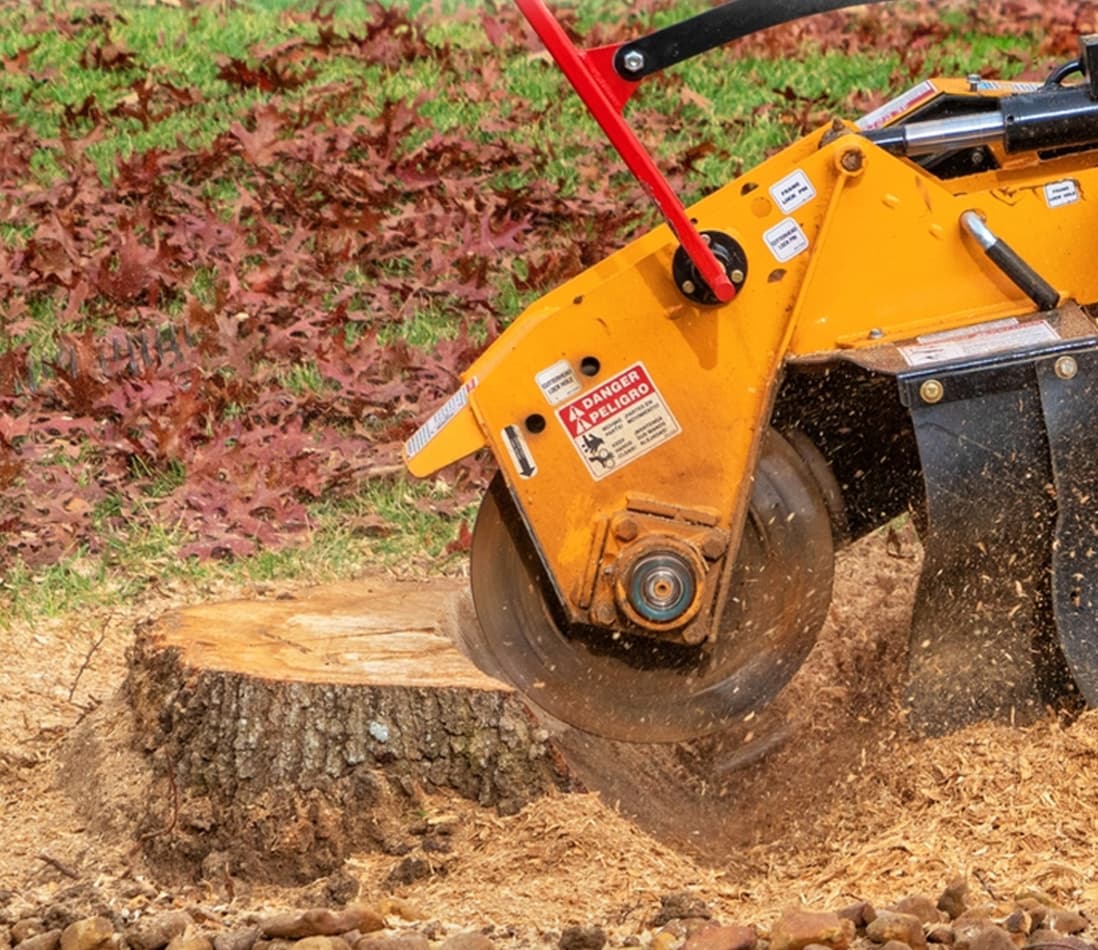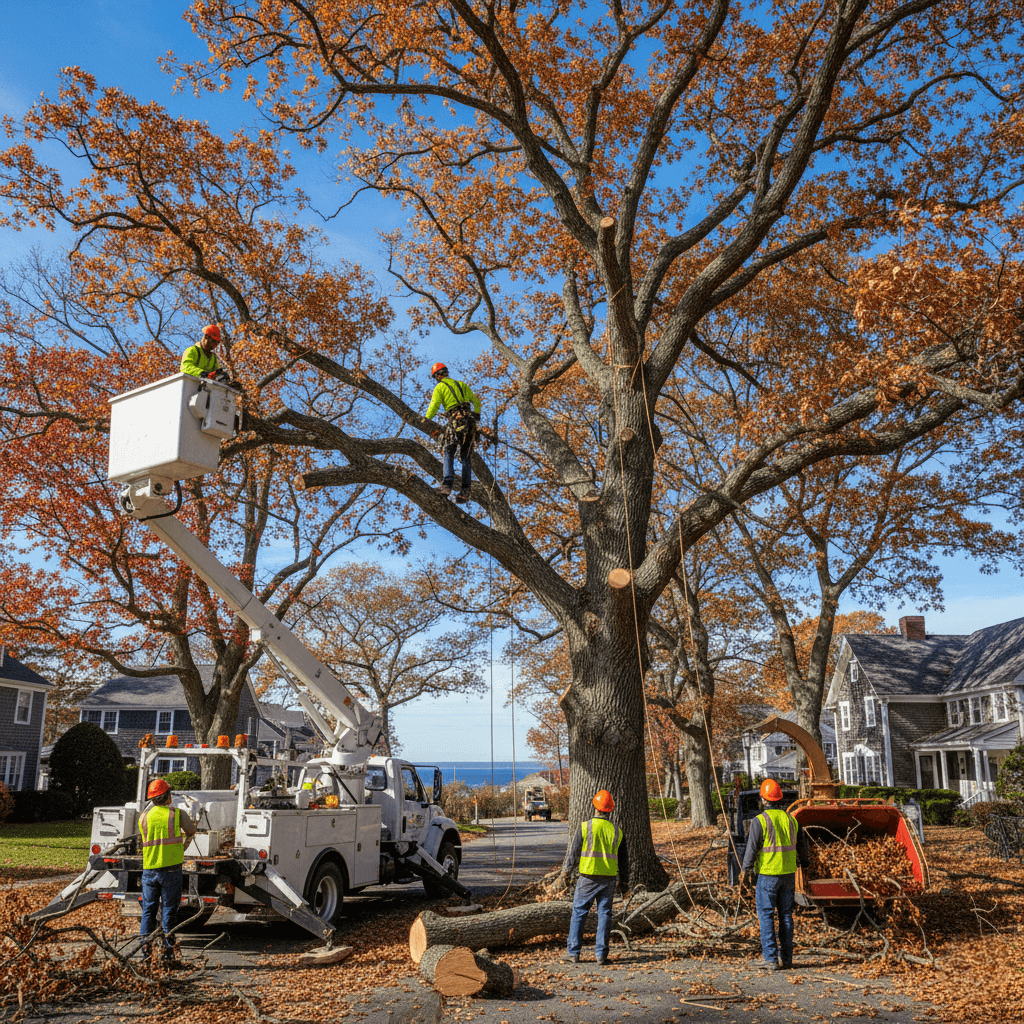
How Tree Cabling Can Save a Tree Instead of Removing It
Tree Cabling Fall River
Many Fall River homeowners face the difficult decision between removing a beloved tree or risking property damage from structural weaknesses. Tree cabling offers an alternative solution that can extend the life of valuable trees while reducing safety risks. This structural support system helps preserve mature trees throughout Fall River’s historic neighborhoods, from the stately oaks near Oak Grove Cemetery to the waterfront properties around Battleship Cove. Understanding when and how tree cabling works enables property owners to make informed decisions about tree preservation versus removal.
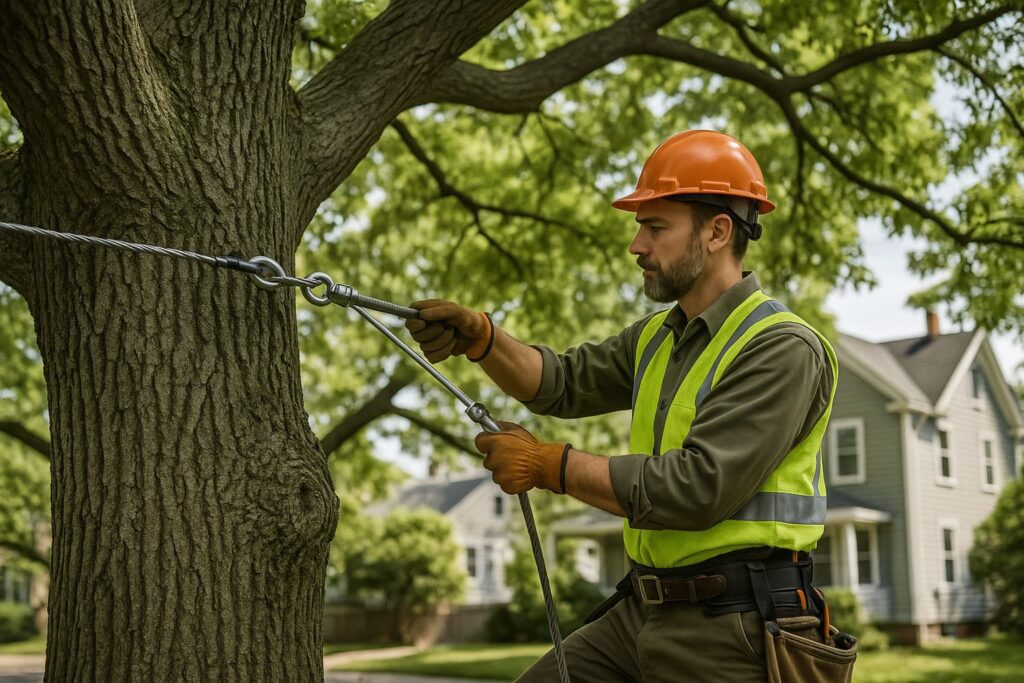
Understanding Tree Cabling Systems
Tree cabling involves installing flexible steel cables between major branches or multiple trunks to provide structural support and reduce the risk of failure. This arboricultural technique redistributes stress loads during wind events and storms, helping trees withstand conditions that might otherwise cause catastrophic branch or trunk failure.
Modern tree cabling systems use high-strength aircraft cable and specialized hardware designed specifically for arboricultural applications. Unlike rigid bracing systems that can actually weaken trees over time, properly installed cables allow natural movement while providing support during extreme conditions.
The cables are typically installed in the upper portion of the tree’s canopy, usually at about two-thirds of the tree’s height. This placement provides maximum leverage for support while allowing the tree to maintain its natural flexibility and movement patterns essential for healthy growth.
Professional arborists assess each tree’s specific structural needs to determine appropriate cable placement, tension, and hardware specifications. Cookie-cutter approaches don’t work in tree cabling – each installation must be customized to the individual tree’s anatomy and structural characteristics.
When Tree Cabling Makes Sense
Tree cabling works best for specific structural problems that compromise tree stability but don’t indicate fundamental health issues. Mature trees with co-dominant stems, large horizontal branches, or asymmetrical canopies often benefit from cable support systems that reduce failure risks.
Fall River’s coastal location subjects trees to strong winds and storm conditions that can stress weak branch unions or overextended limbs. Trees that have developed structural weaknesses over decades of growth may be excellent candidates for cabling rather than removal, especially when they provide significant landscape value or shade benefits.
Historic trees or specimens with particular sentimental or monetary value often justify cabling investments. A mature oak that’s been part of a Highlands neighborhood property for generations may warrant preservation efforts that wouldn’t be cost-effective for a younger or more common tree.
Trees showing early signs of structural weakness but still exhibiting good overall health make ideal cabling candidates. The key is intervening before failure occurs, while the tree still has the vitality to adapt to and benefit from the support system.
Identifying Trees That Need Support
Several warning signs indicate that a tree might benefit from cabling support rather than removal. Co-dominant stems with narrow branch angles create weak unions prone to splitting, especially during ice storms common in Massachusetts winters. These structural defects often develop gradually and may not be obvious until stress events reveal the weakness.
Large horizontal branches that extend well beyond the tree’s main canopy create leverage problems during wind events. While these branches may have grown successfully for years, changing conditions like neighboring tree removal or building construction can expose them to new stress patterns that exceed their structural capacity.
Visible cracks in branch unions, trunk splitting, or previous storm damage that has healed but left structural weaknesses all indicate potential cabling candidates. Professional assessment can determine whether these defects compromise the tree enough to warrant removal or can be managed through support systems.
Trees leaning significantly due to soil conditions, root damage, or wind exposure may benefit from cabling combined with other support methods. However, severely leaning trees require careful evaluation to determine whether structural support can adequately address safety concerns.
The Professional Assessment Process
Proper tree cabling begins with a comprehensive evaluation by certified arborists who understand tree biomechanics and structural engineering principles. This assessment goes far beyond visual inspection to analyze load distribution, failure modes, and the tree’s ability to adapt to support systems.
Professional arborists examine the tree’s overall health, root system stability, and growth patterns to determine whether cabling will provide long-term benefits or merely delay inevitable problems. Trees with declining health, root damage, or diseases may not be suitable candidates for structural support investments.
The assessment process includes analyzing wind patterns, exposure levels, and site-specific factors that influence structural loads. Trees in Fall River’s waterfront areas face different stress patterns than those in sheltered inland neighborhoods, requiring customized approaches to support system design.
Computer modeling and load analysis may be used for complex cases involving valuable trees or high-risk situations. These advanced assessment tools help predict how trees will respond to different support configurations and environmental conditions.
Installation Techniques and Materials
Professional tree cabling installation requires specialized equipment and techniques that minimize tree damage while maximizing support effectiveness. Certified arborists use climbing techniques and aerial equipment to access installation points without damaging bark or branch tissue.
Modern cable systems use through-bolts with washers that distribute loads across branch tissue rather than lag bolts that can create weak points. These hardware systems are designed to move with the tree’s natural growth while maintaining structural integrity over many years.
Cable tension must be carefully calibrated to provide support without restricting natural movement. Over-tensioned cables can actually increase failure risks by preventing normal stress distribution, while loose cables provide no benefit during critical loading events.
Installation timing affects tree response and healing. Spring installation allows trees to grow around hardware during the active growing season, while fall installation may be preferred in some situations to avoid disrupting active growth periods.
Maintenance and Monitoring Requirements
Tree cabling systems require ongoing maintenance and monitoring to ensure continued effectiveness and safety. Annual inspections check cable tension, hardware condition, and tree response to the support system. These inspections are crucial for identifying problems before they compromise the system’s effectiveness.
Tree growth affects cable systems over time as branches increase in diameter and length. Cables may require adjustment or replacement as trees mature and their structural characteristics change. Professional monitoring ensures these adjustments happen before problems develop.
Storm damage assessment should include careful inspection of cabled trees to verify that support systems performed as designed and didn’t sustain damage that could affect future performance. Fall River’s exposure to nor’easters and tropical storm systems makes post-storm inspection particularly important.
Documentation of installation specifications, maintenance history, and inspection results helps track system performance over time and informs future management decisions. This record-keeping is essential for insurance purposes and professional liability considerations.
Cost Considerations and Long-Term Value
Tree cabling represents a significant investment that must be weighed against removal and replacement costs. While cabling installation may cost several hundred to several thousand dollars, depending on tree size and complexity, this investment often costs less than removing and replacing mature trees.
The value equation includes intangible benefits like shade provision, property aesthetics, and environmental benefits that mature trees provide. These benefits may justify cabling investments that wouldn’t make sense based purely on installation and maintenance costs.
Long-term maintenance costs should be factored into cabling decisions. Professional inspection and adjustment requirements add ongoing expenses that may accumulate over the system’s lifespan. However, these costs often remain lower than the expenses associated with storm damage from unsupported trees.
Insurance considerations may influence cabling decisions, as some policies provide coverage for preventive measures like structural support systems. Conversely, failing to address known structural defects through cabling or removal could affect coverage for future storm damage.
Limitations and Alternative Solutions
Tree cabling isn’t appropriate for all structural problems or tree species. Trees with extensive decay, root damage, or multiple structural defects may be beyond help from support systems. Professional assessment helps distinguish between trees that can benefit from cabling and those that require removal for safety reasons.
Some tree species respond better to cabling than others based on their growth patterns and structural characteristics. Brittle species or those prone to internal decay may not be good candidates for long-term support systems, regardless of their current appearance.
Alternative solutions like crown reduction, structural pruning, or bracing systems may be more appropriate for certain situations. These techniques can address some structural problems without the ongoing maintenance requirements of cable systems.
Root zone modifications, soil improvements, or environmental changes may address underlying causes of structural problems more effectively than symptom-focused treatments like cabling. Comprehensive tree care approaches consider all factors affecting tree health and stability.
Environmental and Aesthetic Benefits
Preserving mature trees through cabling provides significant environmental benefits that extend beyond individual property boundaries. Large trees sequester substantial amounts of carbon, filter air pollutants, and moderate local climate conditions that benefit entire neighborhoods.
Fall River’s urban forest contributes to stormwater management, energy conservation, and air quality improvement throughout the city. Preserving mature trees through structural support systems maintains these ecological benefits while avoiding the decades required for replacement trees to provide equivalent services.
The aesthetic value of mature trees often justifies preservation efforts that might not make purely financial sense. Historic neighborhoods around areas like Government Center and Heritage State Park depend on mature tree canopies for their character and property values.
Wildlife habitat preservation represents another benefit of tree cabling over removal. Mature trees provide nesting sites, food sources, and shelter for numerous species that contribute to local ecosystem health and biodiversity.
Making the Right Decision for Your Trees
Deciding between tree cabling and removal requires careful consideration of multiple factors, including tree health, structural condition, site constraints, and long-term objectives. Professional consultation helps property owners understand their options and make informed decisions based on a comprehensive assessment.
Consider the tree’s age, species, and remaining lifespan when evaluating cabling investments. Young trees with structural problems may benefit more from corrective pruning, while very old trees nearing the end of their natural lifespan may not justify expensive support systems.
Site factors like proximity to structures, utility lines, and high-traffic areas influence the risk tolerance for keeping potentially hazardous trees. Trees in low-risk locations may justify cabling attempts that wouldn’t be appropriate near buildings or walkways.
Future property plans should also inform tree preservation decisions. Trees that conflict with planned construction or landscape changes may not warrant cabling investments, regardless of their current condition or value.
Precision Tree Services Fall River provides comprehensive tree assessment services that help property owners understand their options for preserving valuable trees. Our certified arborists have extensive experience with tree cabling installations throughout Fall River’s diverse neighborhoods, from the historic areas around the Quequechan River to the developing waterfront districts. We understand the unique challenges that coastal conditions and New England weather create for tree preservation efforts.
Tree cabling represents a valuable tool in modern arboriculture that can extend the life of structurally compromised trees when properly applied. While not appropriate for every situation, professional assessment can identify trees that will benefit from structural support systems, allowing property owners to preserve valuable specimens that might otherwise require removal. The key to successful tree cabling lies in professional expertise, proper installation techniques, and ongoing maintenance that ensures long-term effectiveness and safety.
